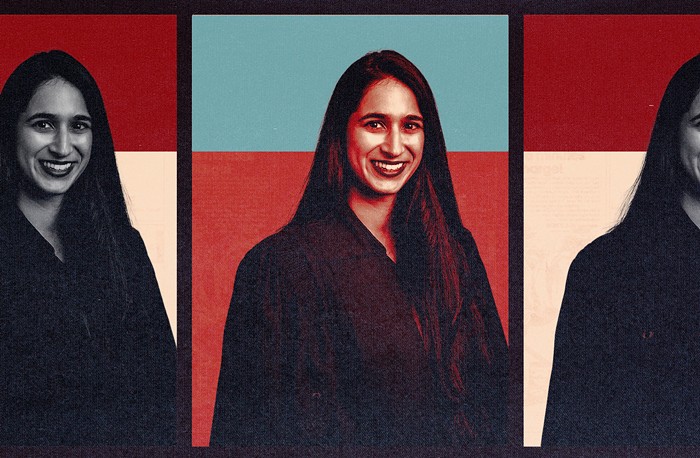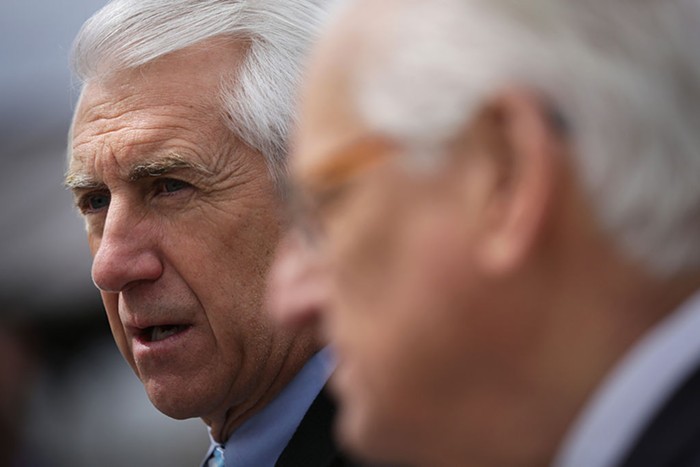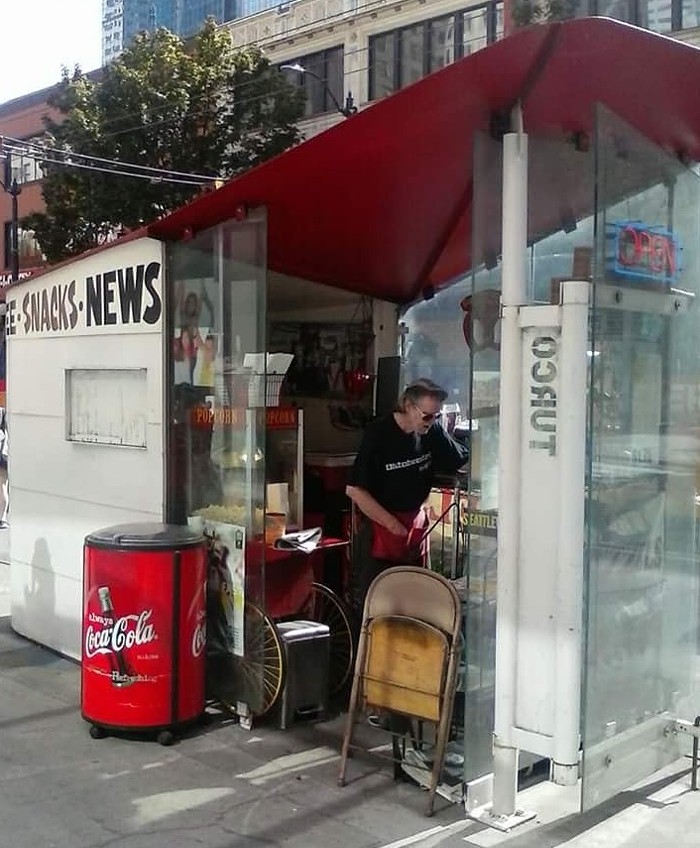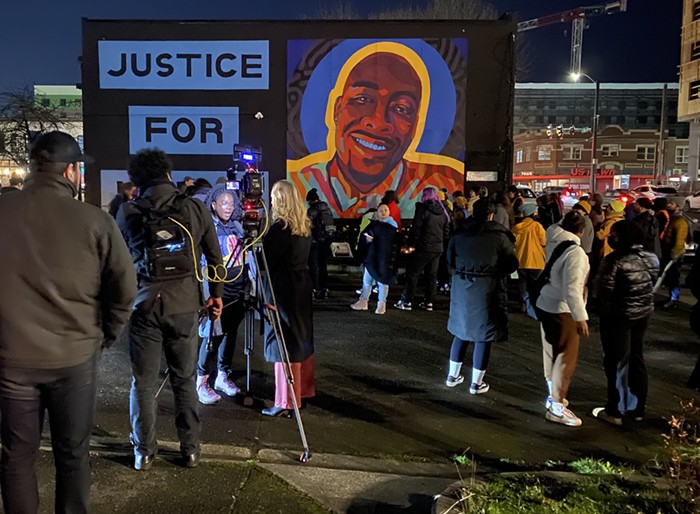Once again, the Seattle police are in hot water with the black community—accused this time of brutalizing local African-American DJ DV One after a high-school football game on Friday, September 15. A student mentor, a volunteer at teen centers, a prominent member of the local hiphop scene, DV One, real name Toby Christian Campbell, was charged last week with felony assault of a police officer. Campbell and the allegedly assaulted officer tell completely opposite stories of what happened that night, and while the police are performing an internal investigation, some activists want them to drop the charges altogether.
Campbell's version of the events paints the police not only as brutal, but blatantly racist. Campbell says that as he hung out in the Memorial Stadium parking lot after a football game played by his 14-year-old daughter Andrea's high school team, one of her friends rushed up and told him his daughter was in trouble with the police. Immediately, Campbell went over to the scene and says he was met by a female police officer who stopped him and, when he identified himself as the father, threateningly pulled out a flashlight and radioed for backup. "She proceeded forward, rushing in toward me swinging," said Campbell at his hearing at the King County Courthouse last week. "I turned my back to avoid being shot, hit, or grabbed. I was then slammed to the ground by two officers, handcuffed, kicked in the head, body, and limbs repeatedly, berated, and Tased at least twice, while already subdued on the ground."
Then, Campbell claims, the officer said, "This is going to be another felony on your record and you're going to prison now, boy." His daughter was taken to the police station but not charged.
The police officer's version of events is, of course, very different. In her police report, Officer Daina Boggs states that she and several other officers saw Campbell's daughter and a friend blocking traffic by walking slowly in front of a line of cars. When an officer asked the girls to move, Boggs reports, Andrea replied, "I'm sorry!" in a "very sarcastic tone" and continued walking in front of the cars. Then, says Boggs, "I suddenly saw an adult male (later identified as suspect Toby Campbell) running toward us. I could see he was running full force with a stern look on his face." Boggs says Campbell pushed her and she fell backward, grabbing his shirt. She tried to "gain control of his arms" and he shoved her again "in a forward motion at least four to five times, striking me in the face." Boggs radioed for backup before the two fell to the ground and she "saw the Taser had been deployed." Although she did not need medical attention, Boggs reported her injuries as a scrape to the left elbow, pain to both knees, and pain in her teeth.
While DV One has no previous felonies and therefore couldn't get "another," he was charged with assault last September—that time for involvement in a vaguely described "motorcycle transaction dispute." He pleaded guilty to misdemeanor assault in the fourth degree and received a deferred six-month sentence.
Nevertheless, Campbell says the police used excessive force, and so the question is this: Why didn't this minor incident end as a minor incident? Why did it escalate to violence so easily and so rapidly? And in general, why are interactions involving black males and white officers more explosive then other social interactions?
The incident, which has galvanized the hiphop community, did not go unnoticed by the local chapter of the NAACP. On Tuesday, September 26, the organization demanded that the King County prosecutor's office drop the charges against Campbell—and for now, this is as far as the organization will go. When asked if they would press charges against the officers that assaulted Campbell, NAACP President Sheley Secrest stated that, at the moment, there were no plans to pursue that line of action. However, if the NAACP hopes to regain the strong position it lost after the departure of Carl Mack in 2005, it might need to be more aggressive and make louder demands for police accountability. 


















